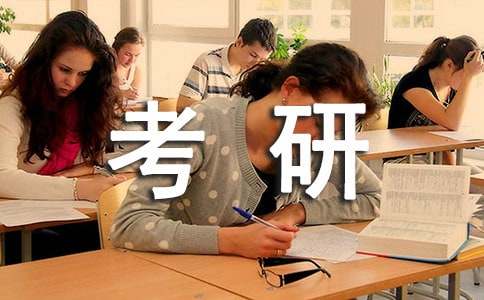考研英语阅读理解强化练习题
参加考研的.人,备考的时候,记得要每天做一篇英语阅读理解哦,下面小编为大家带来了考研英语阅读理解强化练习题,欢迎大家阅读,希望对大家有所帮助。

A widely heralded but still experimental cancer-fighting compound may be used someday to prevent two other major killers of Americans: heart disease and stroke. That was the implication of a remarkable report published last week in the journal Circulation by a team of researchers from Dr. Judah Folkman's laboratory at the Children's Hospital in Boston.
The versatile compound is endostatin, a human protein that inhibits angiogenesis, the growth of new blood vessels in the body. In tests reported in 1997 by Folkman, a prominent cancer researcher who pioneered the study of angiogenesis, the drug had reduced and even eradicated tumors in laboratory mice. How? By stunting the growth of capillaries necessary for nourishing the burgeoning mouse tumors.
When news of Folkman's achievement became widely known last year, it led to wildly exaggerated predictions of imminent cancer cures. When other scientists were initially unable to duplicate those results, questions arose about the validity of Folkman's research. Then in February scientists at the National Cancer Institute, with guidance from Folkman, finally matched his results. Reassured, the N.C.I. gave the go-ahead for clinical trials of endostatin later this year on patients with advanced tumors.
How can a drug that is apparently effective against tumors also reduce the risk of heart attack and stroke? The answer lies in the composition of plaque, the fatty deposit that builds up in arteries and can eventually clog them. Plaque consists of a mix of cholesterol, white blood cells and smooth muscle cells, and as it accumulates, a network of capillaries sprouts from the artery walls to nourish the cells. Could endostatin halt the growth of capillaries and starve the plaque?
A Folkman lab team led by Dr. Karen Moulton decided to find out. The scientists put baby lab mice on a 16-week “Western diet” that was high in fat and cholesterol, then measured the plaque buildup on the walls of each aorta, the large artery that carries blood from the heart to the rest of the body. Meanwhile, they injected one group of mice with endostatin, another with a different blood-vessel inhibitor called TNP-470 and a control group with an inert saline solution. Twenty weeks later the researchers again measured plaque in the mouse aortas. The results were startling: the endostatin group averaged 85% less plaque buildup and the TNP-470 group 70% less than those in the control group.
All too aware of the premature hopes raised last year after Folkman's tumor report, the researchers have been careful not to oversell the new results. “If this finding is supported in future studies,” says Moulton, “[it could open the way for] treatments that could delay the progression of heart disease and possibly reduce the incidence of heart attacks and strokes.” But any such treatments, she stresses, are probably five to 10 years away.
1. What did the report indicate?
[A]A very important drug is now at experimental stage.
[B]Heart disease and stroke are the most serious threats to Americans.
[C]The tumor drug can be used for the heart disease in the future.
[D]Many Americans suffer from heart disease and stroke.
2. Why did the N.C.I. agree to have clinical trials of endostatin on the patients?
[A]They were convinced of the Folkman's research.
[B]They can do such a research as well as Folkman.
[C]The patients with advanced tumors need the drug.
[D]The drug should be proved effective on humans.
3. The expression “stunting the growth of capillaries”(Line 8, Paragraph 2) most probably
means _______.
[A]help the growth of capillaries
[B]limit the growth of capillaries
[C]improve the growth of capillaries
[D]prevent the growth of capillaries
4. Why can the tumor drug be used for the heart?
[A]It can accumulate a network of capillaries and nourish the cells.
[B]It can stop the growth of capillaries and provide no nourishment for plaque.
[C]The curing method of tumor and heart disease is the same.
[D]The tumor and heart disease are made up of the same substance.
5. Which of the following is true according to the text?
[A]Folkman's tumor report had been exaggerated.
[B]The tumor drug is not as effective as what has been expected.
[C]The new results of the research are far more encouraging.
[D]Researchers still have a long way to go to make another successful experiment.
答案:CADBC
【考研英语阅读理解强化练习题】相关文章:
考研英语阅读理解技巧03-31
考研英语的阅读理解技巧10-27
考研英语阅读理解练习试题09-19
职称英语阅读理解练习题11-25
全国职称英语阅读理解练习题01-28
2018考研英语阅读练习题11-04
有关考研英语阅读理解的答题技巧03-30
《考研英语阅读理解提速技巧》仿真试题03-30
职称英语备考阅读理解练习题及答案01-28
考研英语阅读练习题及答案201811-16
